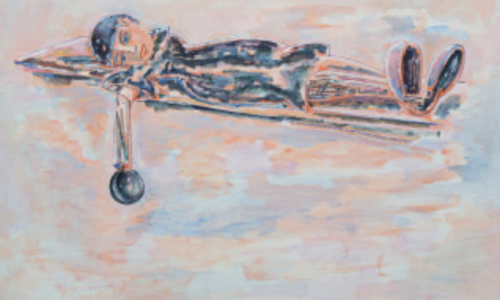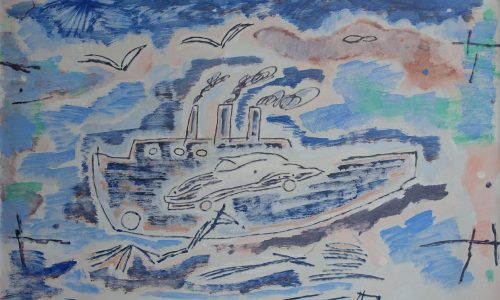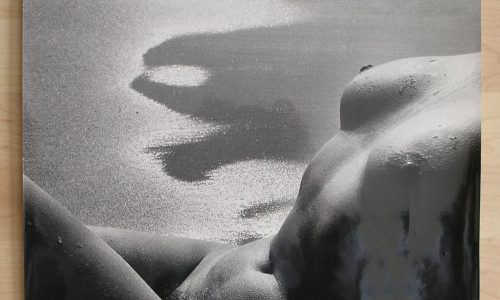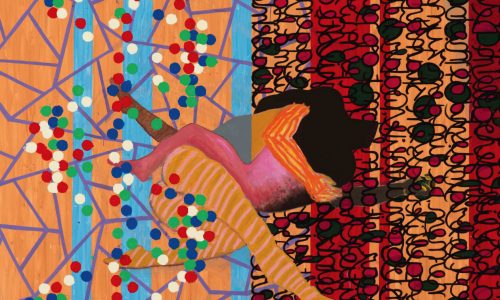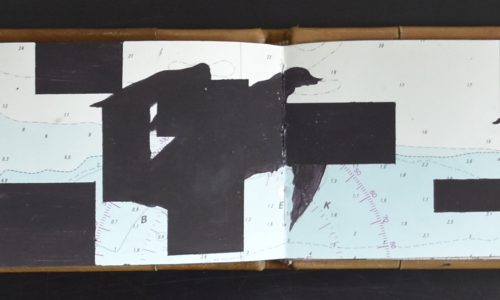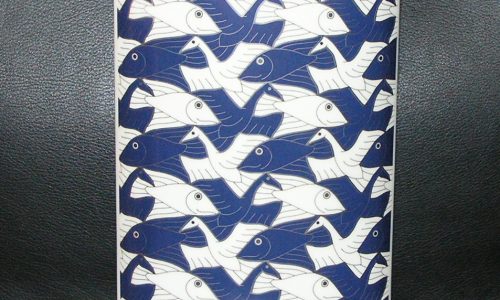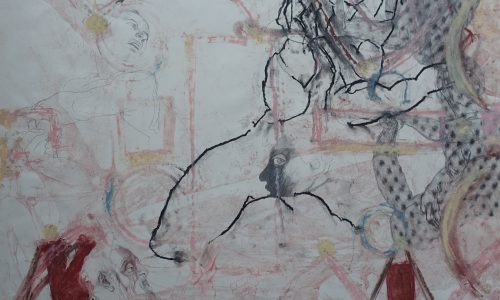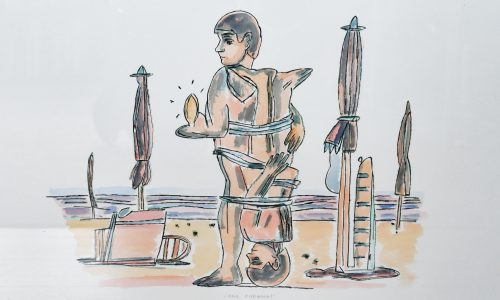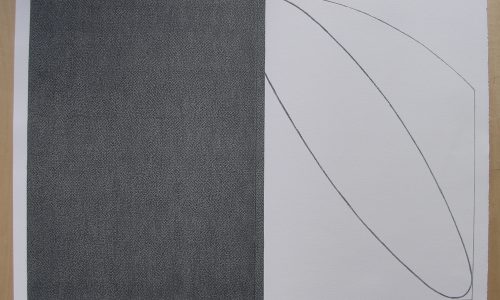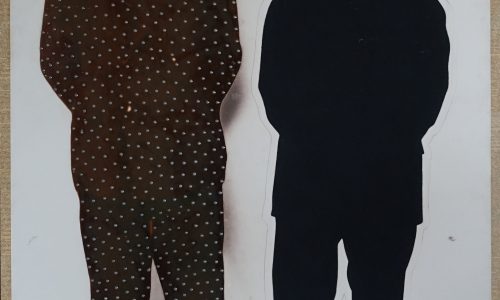
Perhaps Szarkowski was more know for being curator at MOMA then for being one of the greatest photographers from last century. Here is part of the text the Guardian place shortly after he had passed away.
Szarkowski was a good photographer, a great critic and an extraordinary curator. One could argue that he was the single most important force in American post-war photography.

Like all good critics and curators, Szarkowski was both visionary and catalyst. When he succeeded the esteemed photographer Edward Steichen as director of the Museum of Modern Art in New York in 1962, he was just 36, and must have been acutely aware of the long shadow cast by his predecessor. Steichen had curated the monumental group exhibition, The Family of Man, at Moma in 1955, which he described as ‘the culmination of his career”. Featuring 503 images by 273 photographers, famous and unknown, it had aimed to show the universality of human experience: death, love, childhood. The show had drawn huge crowds to the gallery and then toured the world, attracting an estimated 9 million viewers.
It was, as Steichen had no doubt intended, a hard act to follow. “We were different people”, Szarkowski later said, “with different talents, characters, limitations, histories, problems and axes to grind. We held the same job at very different times, which means that it was not really the same job.”
More revealingly, Szarkowski also said that Steichen and his predecessor, Beaumont Newhall, “consciously or otherwise, felt more compelled than I to be advocates for photography, whereas I – largely because of their work – could assume a more analytic, less apostolic attitude.” That difference in approach would prove to be a crucial one, and it underpinned a new photographic aesthetic that continues to shape our view of the world to this day.
When Szarkowski took over at Moma, there was not a single commercial gallery exhibiting photography in New York and, despite Steichen and Newhall’s pioneering work, the form had still not been accepted by most curators or critics. Szarkowski changed all that. He was the right person in the right place at the right time: a forward thinker who was given control of a major art institution at a moment when his democratic vision chimed with the rapidly changing cultural tastes of the time.
Szarkowski insisted on the democracy of the image, whether it be a formally composed Ansel Adams landscape, a snatched shot that caught the frenetic cut-and-thrust of a modern city or a vernacular subject like a road sign or a parking lot. “A skillful photographer can photograph anything well,” he once insisted.
In his still-challenging book, The Photographer’s Eye (1964), Szarkowski included snapshots alongside images by great photographers, and argued – brilliantly – that photography differed from any other art form because its history had been “less a journey than a growth”. “Its movement has not been linear and consecutive but centrifugal,” he suggested. “Photography, and our understanding of it, has spread from a centre; it has, by infusion, penetrated our consciousness. Like an organism, photography was born whole. It is in our progressive discovery of it that its history lies.”

www.ftn-books.com has the Szarkowski /Josef Albers Museum available
Like this:
Like Loading...










































